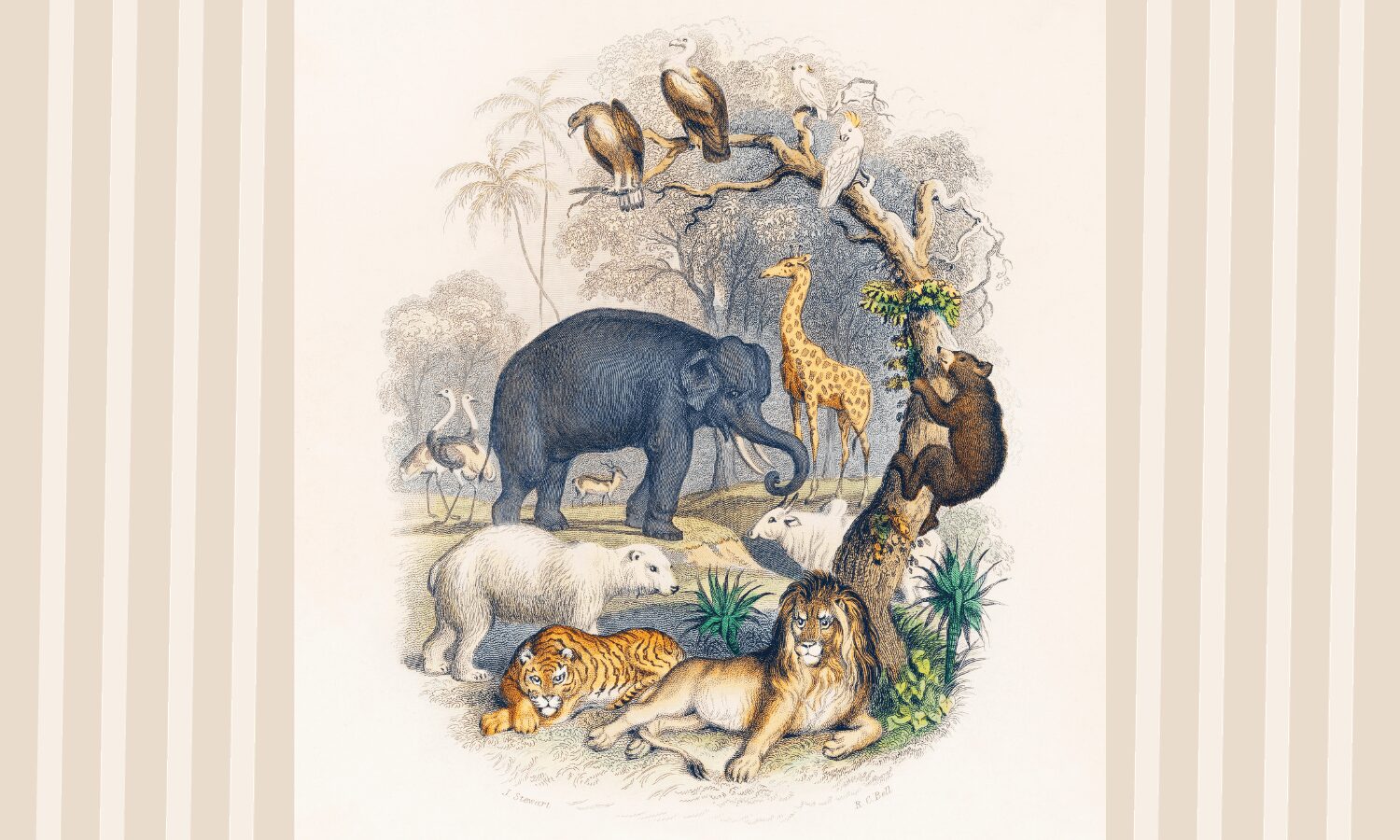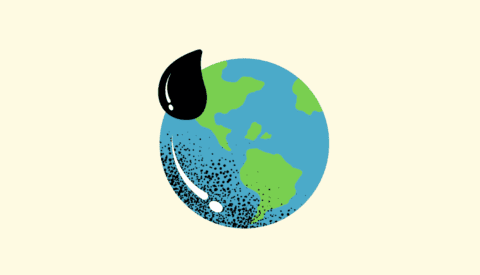A Naturalist’s Defense Of The Modern Zoo
Zoos are often associated with animal cruelty, or at the very least a general animal unhappiness. But on everything from research to education to biodiversity, there is a case to be made for the modern zoo.
Article

Article
— Zoos — or at least something resembling the traditional idea of a zoo — date back to ancient Mesopotamia. It was around 3,500 BC when Babylonian kings housed wild animals such as lions and birds of prey in beautiful structures known as the Hanging Gardens of Babylon.
Ancient China also played a significant role in the history of zoos when the Tang Dynasty (618-907 AD) created several parks which hosted an assortment of animals.
In Europe, it wouldn’t be until 1664 when Louis XIV inaugurated the royal menagerie at Versailles. All these spaces shared the mission of showcasing the wealth and power of the ruler, or simply served as decorations. Furthermore, none of them were open to the general public; only a few fortunate individuals, usually the upper classes, had access.
The first modern zoo, conceived for educational purposes in Vienna, opened in 1765
The first modern zoo, conceived for educational purposes in Vienna, opened in 1765. Over time, the educational mission has become more prominent, as the exhibition of exotic animals has been complemented with scientific studies, conservation and the protection of threatened species.
For decades, zoos have been places of leisure, wonder, and discovery for both the young and the old. Despite their past success, in recent years, society’s view of zoos has been changing due to increased awareness of animal welfare, shifting sensibilities and the possibility of learning about wild animals through screens. So, many people wonder: What is the purpose of a zoo in the 21st century?
Legal responsibilities for zoos
First of all, it’s important to remember that in Europe, it has been decades since wild animals have been captured for zoos. Today, most animals come through European breeding projects from other parks, with the intention of preserving the species. The other specimens are animals that had been on the brink of death, abandoned or had ended up in parks after being rescued from illegal trafficking.
But what does the law say? The United Nations Convention on Biological Diversity includes zoological conservation: «The conservation of components of biological diversity outside their natural habitats».
Zoos also serve important roles in conservation, research, and education
Each country has its own laws. For instance, in Spain, the Law on the Conservation of Wildlife in Zoos was born in 2003 in «a context of great social concern for the environment and animal welfare, [and] imposes new environmental requirements on zoos», as stated in a report by the country’s Ministry of the Environment.
The document points out that the novelty in this law «lies in the contribution that zoos can make to the conservation of biodiversity by incorporating conservation measures into their activities. Referring to different aspects such as health and animal welfare, study and research, public education, and safety, all measures must be oriented towards a primary goal: the protection of wildlife and the conservation of biodiversity».
Scientific value of zoos
And what do the zoos say? Dr. Javier Almunia, a biologist and director of the Loro Parque Foundation, argues in a conversation with El Español that modern zoos should follow very specific lines of action: rescuing animals in trouble, raising social awareness about environmental issues, conserving endangered species, and conducting scientific researchto expand our knowledge of wildlife and their habitats.
Almunia also raises the following question: «Imagine that we were to listen to the most radical activists and effectively close down zoos. After that, wouldn’t we need to create facilities where we could treat injured or displaced animals, rescue and preserve threatened species, provide shelter and veterinary care to illegally captured or abandoned animals, conduct studies, research, and expand our knowledge of wildlife, and raise awareness among the population about the need to protect the environment and the species that inhabit it? Where would you place all these animals?»
He concludes by saying that «in reality, we would need to create facilities like the ones that already exist that would again focus on the same objectives that a modern zoo already has».
In essence, Almunia is highlighting that while there are valid concerns about the treatment of animals in zoos, they also serve important roles in conservation, research, and education. Simply shutting down zoos without providing alternative solutions for these critical functions could have unintended negative consequences for wildlife and our understanding of it.
This content is part of a collaboration agreement of ‘WorldCrunch’, with the magazine ‘Ethic’. Read the original at this link.






